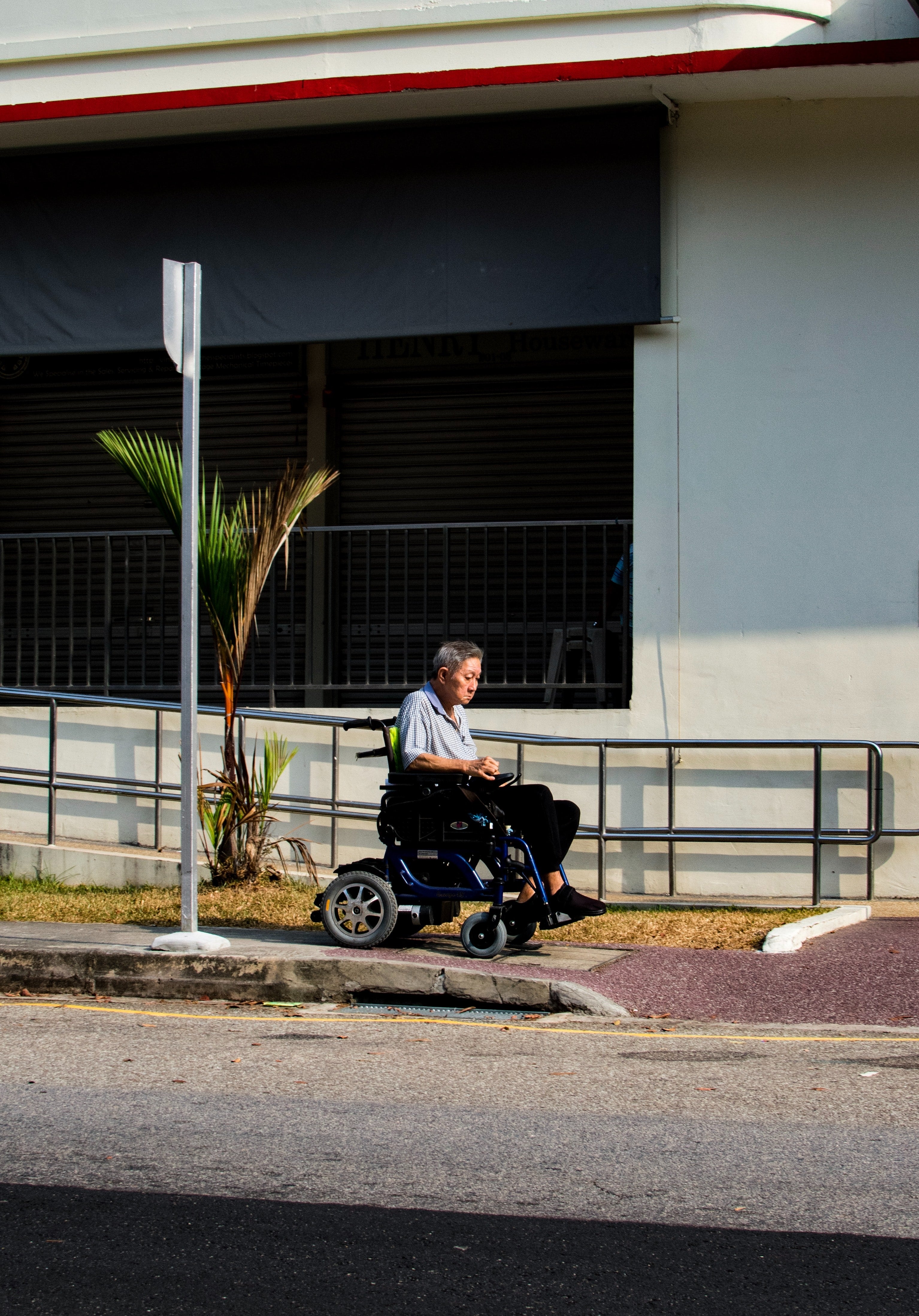Understanding Challenges and Radical Adaptation of Environments will be Key to Increasing Inclusion of People with Disabilities in the Scientific Workforce and Studies
This article is a part of the DEI Resource Highlight series.
Disability is defined as a physical or mental condition that limits a person’s movements, senses, or activities. According to the Centers for Disease Control and Prevention, 61 million adults in the United States live with a disability. There are a number of functional disability types, including: mobility, cognition, independent living, hearing, vision, and self-care. A lack of understanding of how these disabilities can or will impact health outcomes for individuals with disabilities is an opportunity for health equity researchers to support the achievement of optimal health through translational research.
The Americans with Disabilities Act (ADA) is a federal civil rights law that prohibits discrimination against people with disabilities in everyday activities. While guaranteeing that people with disabilities have the same opportunities to take advantage of employment opportunities, purchase goods and services, and participate in local and state government programs. With many research studies funded by the National Institutes of Health and healthcare institutions prepared to serve individuals with disabilities, the ADA is integral to ensuring opportunities to not only access high quality healthcare, but also participate in the discovery process through research. Additionally, the Rehabilitation Act of 1973, has provisions that expand Federal responsibilities, research and training programs to individuals with disabilities.
Even with progress achieved by the ADA and Rehabilitation Act of 1973 we still have work to do to create environments that are accessible to and a culture that is inclusive of individuals with disabilities. A recent study in the Journal of Health Affairs reports that some doctors discriminate against patients with disabilities. One of the challenges cited was that physicians didn’t feel equipped with resources to care for patients with disabilities. This relates directly to lack of accessibility in both healthcare and research for a community of people, with differences, whose needs are not being adequately met by a system that is intended, but not currently designed, to provide high-quality care for everyone.
Reflection
- Do you or someone you know have a personal experience with navigating ableist systems? What are some facets of that experience that worked or didn’t work well for you or that person?
- The National Science Foundation reports that nine percent of the scientific workforce is comprised of people with disabilities. When you look at your study team, culture, and environment (built and otherwise), is it accessible to people with disabilities? What could be improved?
- Turning the lens on the communities we serve through our research, are our research programs and studies designed to foster accessibility and belonging for potential participants with disabilities? If not, what do we need to change to ensure that individuals with disabilities have equitable access to research opportunities?
Recommended Reading


